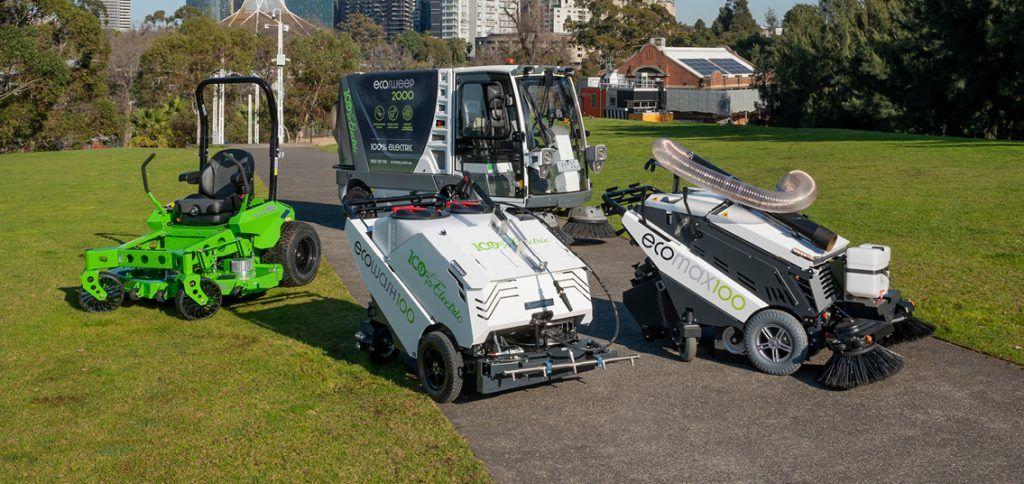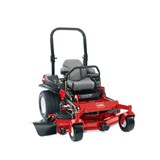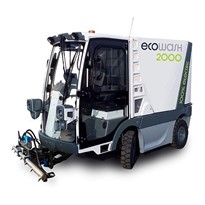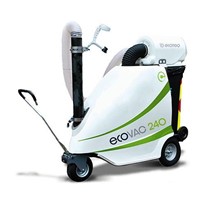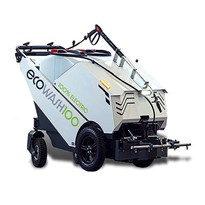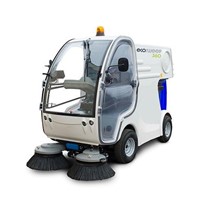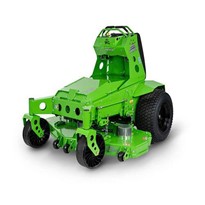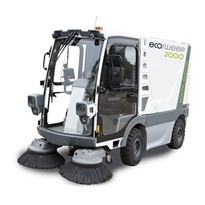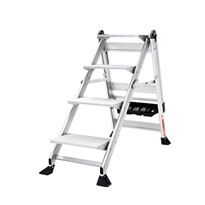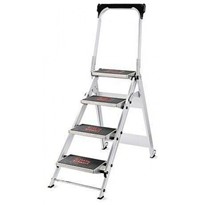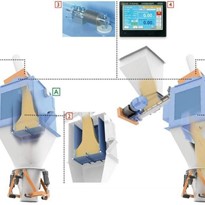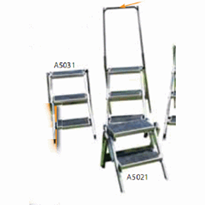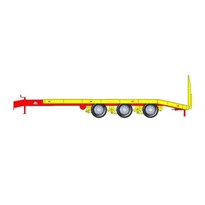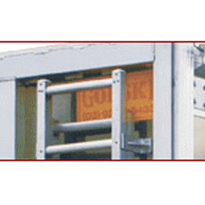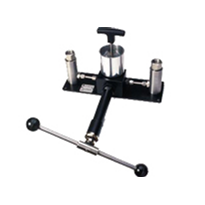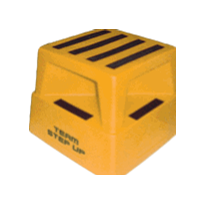A report released in August-21 by the Intergovernmental Panel on Climate Change (IPCC) has been described as a “Code Red for Humanity”, predicting more frequent, catastrophic weather events within the next decade. The time for change has never been more urgent.
For an organisation to move towards net zero emissions, there’s no out-of-the-box solution they can implement. Each business needs to determine their own unique energy requirements and explore options within their available budget before they can take proactive steps towards achieving net zero emissions.
The journey to net zero emissions requires deeper action than what some businesses are familiar with – the three Rs (Reduce, reuse, recycle) which deal with the reduction of the amount of waste produced only goes so far.
That’s why we now have four new Rs to guide us towards reaching net zero emissions:
- Review
- Reduce
- Renew
- Rebalance
Each R is an important component of a framework for organisations to follow that helps them stay on track for achieving net zero emissions.
However, the most important thing is to take action. That begins with understanding the organisation’s carbon emissions, which leads to the first R: review.
Step 1: Review and benchmark carbon emissions
An organisation cannot formulate an effective plan to reduce their carbon emissions until they have a sound overview of their energy expenditure and its sources. This review includes more than just energy sources. All vehicles, machinery and equipment must be reviewed, too.
To review an organisation’s carbon output, start by gathering data about the organisation’s energy usage and its source.
For example, find out who the energy provider is, check their sources, and note the organisation’s usage.
Next, review all vehicles and equipment. Gather data on their energy sources and usage. Start thinking about ways to reduce their carbon emissions.
For example, review the carbon impact of outdoor cleaning and maintenance equipment. What sources of energy do they use? How many hours per week do they run?
Identify carbon usage trends across the whole organisation
Check if there are compliance requirements that must be followed. Find out what disclosures need to be made and what future requirements are likely to be.
Once an organisation has this information, they can then start planning for a carbon reduction.
Step 2: Reduce the carbon footprint
Once the energy usage data has been gathered and sources identified, the next step is to explore tangible opportunities to reduce the organisation’s carbon footprint.
Check to see where the quickest impact can be made. Quick wins are a great way to build momentum on the longer net zero emissions journey. A quick win might be made by switching to a greener energy provider with renewable sources.
Develop a plan that covers:
- People–how to engage, educate and encourage staff to change their behaviours.
- Systems–how to set a good governance framework to ensure momentum is maintained and targets stay on track.
- Technology–how changes to low or zero-emissions equipment can reduce carbon emissions.
A net zero emissions plan should identify the measures to be used across these three groups and how they’ll be reported on. This will ensure the organisation’s plan gains traction and progresses towards its net zero emissions targets.
Go green with EcoTeq’s zero-emissions outdoor maintenance equipment
One solution to reduce carbon emissions could be to transition from diesel or petrol outdoor maintenance equipment to electric versions.
That’s where EcoTeq can help. We’re Australia’s first zero-emission 100% electric outdoor maintenance equipment supplier, which includes:
- commercial mowers
- street sweepers
- street washers
- litter vacuums.
With our battery-powered outdoor cleaning and maintenance equipment, we’re helping organisations achieve their environmental targets—without compromising safety or productivity.
Select from our range of sustainable, 100% electric outdoor cleaning and maintenance equipment that reduces dependence on fossil fuels while improving the spaces in which we live, work and visit.
Step 3: Renew sources
The next step is all about renewing your energy sources, processes and practices.
Review options for generating some or all energy needs through renewable sources. These options include:
- installing photovoltaic (solar) panels or wind turbines
- replacing conventional gas boilers with biomass boilers that run on natural fuels.
Where these options are not possible, opt for an energy provider that sells renewable energy.
Transition equipment that uses fossil fuels to cleaner energy technology such as hydrogen or electricity from a renewable source.
Step 4: Rebalance the carbon footprint
The final step is to offset any remaining carbon so the organisation can reach the net zero emissions target.
When zero net emissions occurs, it’s the point where an organisation still has carbon emissions but they offset it in other ways—like by planting new forests or by purchasing credits that contribute towards clean energy generation.
However, reaching net zero emissions is about cutting an organisation’s carbon by reducing their dependence on non-renewable energy sources. The top priority should be on reducing carbon releases, not on removal through carbon offset programs.
An authentic net zero emissions target will have a plan to reduce the purchasing of carbon offsets by transitioning to renewal energy and investing in clean energy equipment like our range of EcoTeq mowers, sweepers, washers and vacuums.
Talk to us about reducing your carbon footprint
Get in touch with one of our specialists to talk about how EcoTeq’s equipment can help reduce your carbon footprint and make a meaningful contribution towards net zero emissions.


